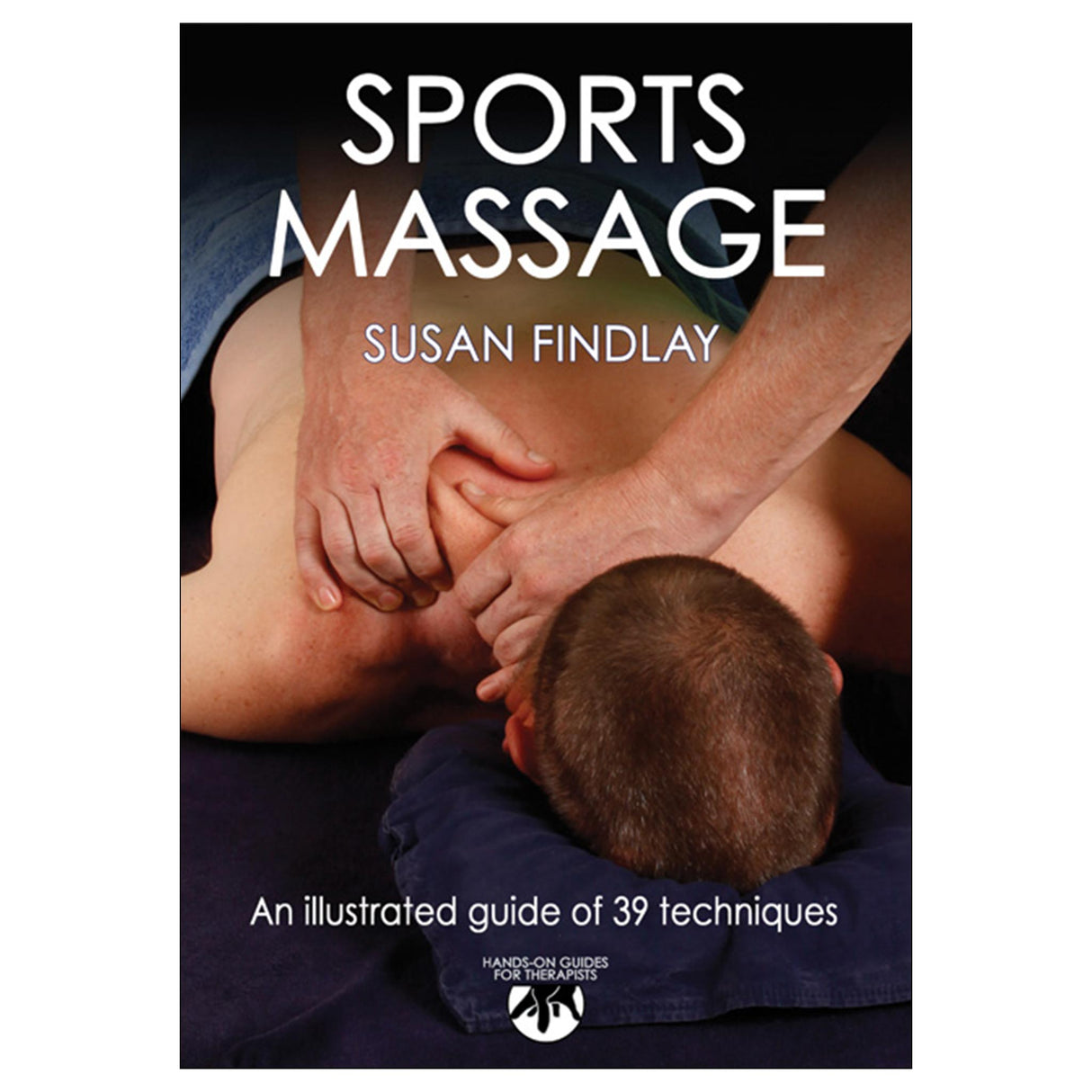Sports Massage PDF
Author: Susan Findlay
$28.95 USD
Access Duration: 10 Years
On the field, post-event, or in the clinic, Sports Massage is the essential resource for developing and perfecting your sports massage technique!
Sports Massage provides an in-depth discussion of applications of foundational massage techniques within a sports massage approach. Thorough instructions and over 130 full-color photos demonstrate the correct application of each massage stroke for muscle groups of the neck, shoulder, torso, pelvis, legs, and feet. You’ll also learn how to use advanced working positions in prone, supine, side-lying, and sitting orientations to address each muscle group, helping you achieve a more comfortable and therapeutic session for your client.
This practical guide explains the foundations of sports massage as a profession, including performance-related benefits of sports massage, common environments for professional practice (practice, event, clinical), range of clientele (recreational or serious athletes, physically active people), and applications (pre-, inter-, and post-event, or as part of a training regimen or rehabilitation program).
Sports Massage emphasizes proper therapist mechanics, including working posture, proper table height, and effective client positioning to help improve the delivery of your technique and reduce strain to your arms, hands, and back. Highlighted in the text are tips on technique adjustments, and special “Client Talk” boxes offer suggestions for ways to communicate technical information to your clients. Throughout the text, self-test questions with answers allow you to check your understanding and reinforce your learning. In addition, a photo gallery index provides quick reference for checking techniques and their application.
Organized for quick reference, Sports Massage explains massage modifications for common injuries and conditions and provides technical information to support your decision-making process. Information regarding contraindications and pathologies will prepare you to adapt your technique to accommodate a wide range of soft tissue conditions. In addition, discussion of equipment, hygiene, and safety considerations will help you be prepared for each therapy session.
A discussion of client assessment and consultation will assist you in learning how to obtain the necessary information to address muscular issues during the therapy session. Sports Massage also discusses considerations in administering the technique to special populations, including individuals with spinal cord injuries, limb deficiencies and visual impairments, and cerebral palsy. In addition, you’ll find information on conducting sports massage before, during, and after sporting events.
Part science and part art, effective sports massage relies on a therapist’s thoughtful application of knowledge and experience. Sport Massage provides a solid knowledge base, helping you learn how to work with your body efficiently and apply each technique with sensitivity. With its emphasis on correct body mechanics and effective client positioning, Sports Massage will help you improve your technique, reduce strain as you work, and provide a better quality of touch.
Part I: Getting Started With Sports Massage
Chapter 1: Introduction to Sports Massage
What Is Sports Massage?
Who Should Be Treated?
How Does Sports Massage Work?
Where Can Sports Massage Take Place?
When Should Sports Massage Take Place?
Benefits of Sports Massage
Closing Remarks
Quick Questions
Chapter 2: Contraindications for Sports Massage
Contraindications
Pathology
Closing Remarks
Quick Questions
Chapter 3: Preparing for Sports Massage
Venue
Equipment
Hygiene
Client Positioning
Safety
Closing Remarks
Quick Questions
Part II: Sports Massage Techniques
Chapter 4: Body Mechanics
Massage Couch Height
Working Posture
Principles of Application
Closing Remarks
Quick Questions
Chapter 5: Massage Techniques
Components of a Massage Stroke
Effleurage
Petrissage
Compression
Deep Strokes
Vibration
Tapotement
Friction
Closing Remarks
Quick Questions
Part III: Applying Sports Massage
Chapter 6: Sports Massage for Prone Positions
Neck
Shoulder
Torso
Pelvis
Leg
Foot
Sitting
Quick Questions
Chapter 7: Sports Massage for Supine Positions
Neck
Chest
Shoulder and Arm
Torso and Abdominal Muscles
Pelvis
Thigh
Leg
Foot
Quick Questions
Chapter 8: Sports Massage for Side-Lying Positions
Neck
Shoulder and Arm
Torso
Pelvis
Thigh
Quick Questions
Part IV: Sports Massage Programmes and Management
Chapter 9: Client Assessment
Subjective Assessment
Objective Assessment
Interpretive Stage
Closing Remarks
Quick Questions
Chapter 10: Event Massage
Pre-Event Massage
Inter-Event Massage
Post-Event Massage
Working With an Elite Sport Team
Organising an Event
Closing Remarks
Quick Questions
Chapter 11: Special Populations
Spinal Cord Injuries
Limb Deficiency
Cerebral Palsy
Visual Impairment
Communication
Closing Remarks
Quick Questions





